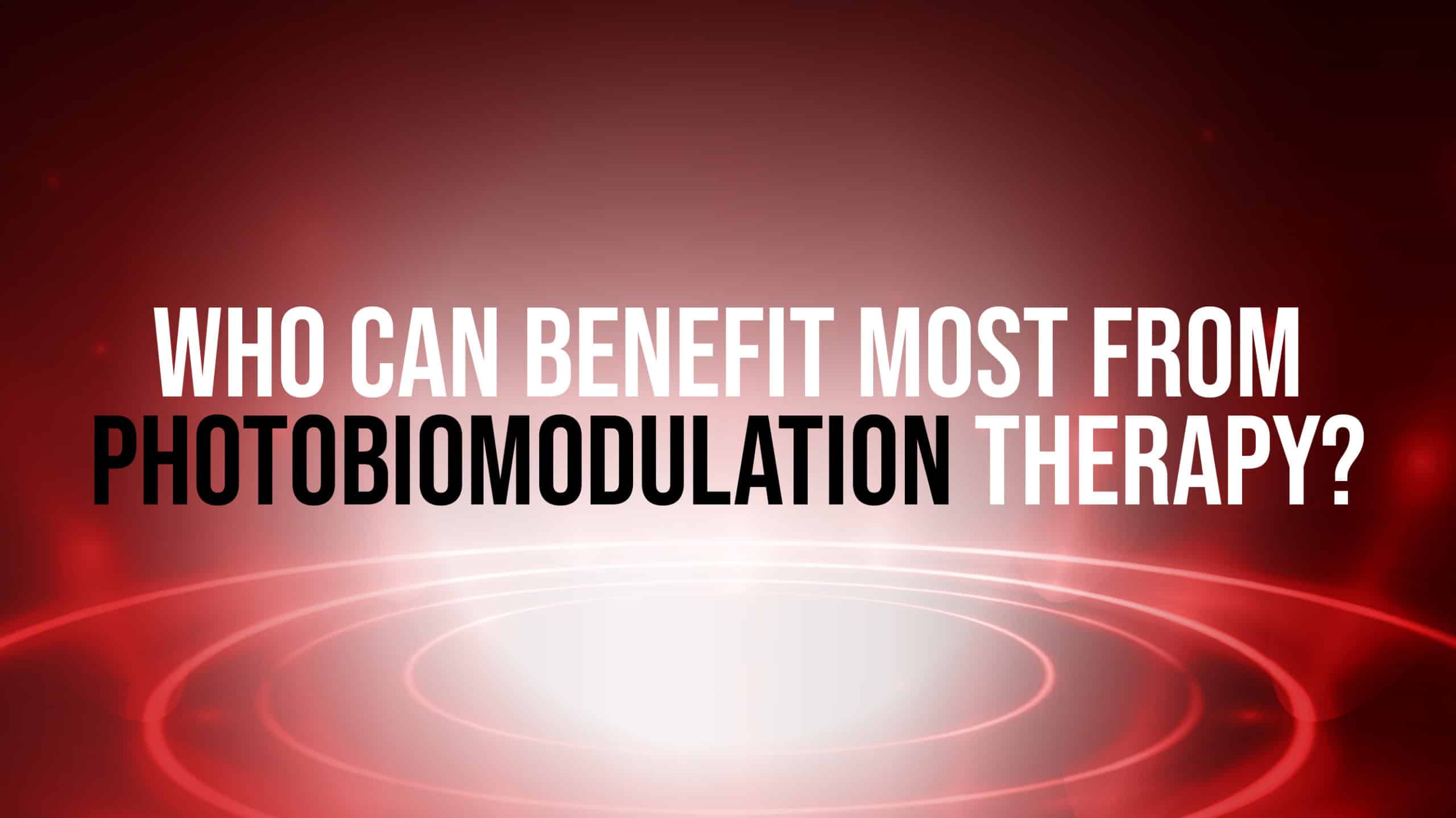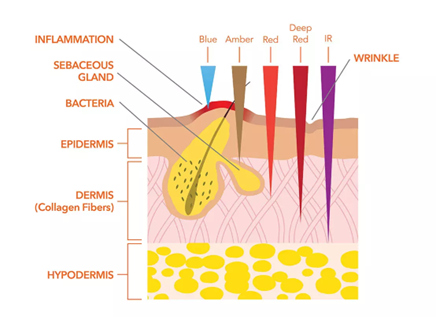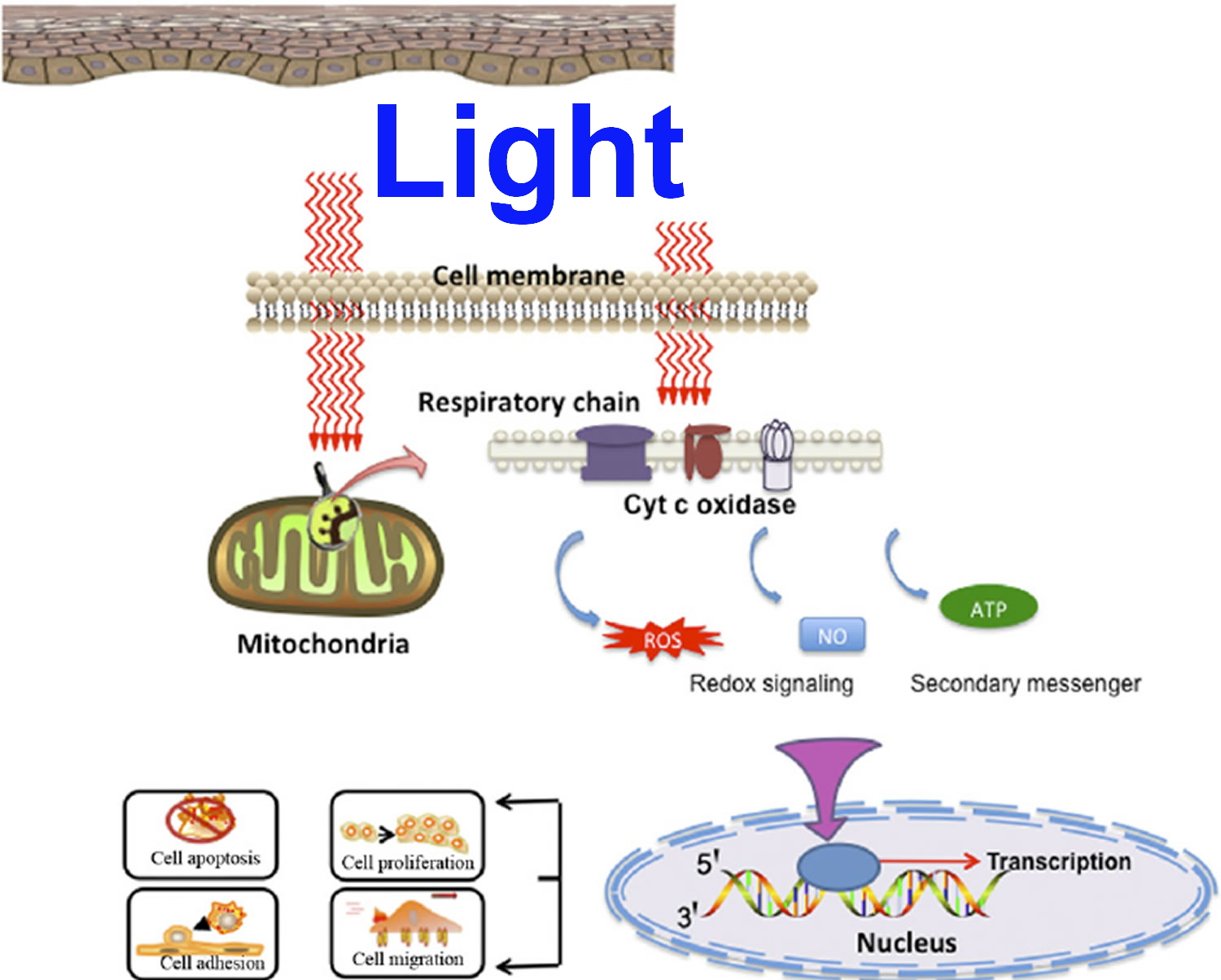The Best Guide To Photobiomodulation
Wiki Article
Getting The Photobiomodulation To Work
Table of ContentsThe 9-Second Trick For PhotobiomodulationAll About PhotobiomodulationThe Main Principles Of Photobiomodulation The Definitive Guide for PhotobiomodulationThe Ultimate Guide To Photobiomodulation
A healthy and balanced uncertainty in the face of the advertising and marketing fanfare is constantly an excellent way to shield ourselves from obtaining conned, even when the most up to date product getting hyped looks relatively scientific. Hesitation implies guiding clear of innocence. That being stated, it does not mean refuting excellent scientific research, nor must it welcome resentment (Photobiomodulation).3 physicians in the Boston location published the results of their experiments, in which they showed the capacity for lasers to deal with malignant tumors. A Hungarian medical professional by the name of Endre Mester took notice as well as attempted to replicate these results. The issue is that his own laser was a lot less effective than the Bostonians' as well as the tumors on his lab rats were not influenced.
The skin around the tumors had been cut to much better observe what was taking place, and Mester discovered that, following his use of the laser, both hair growth and wound recovery were increased. He had actually come across a finding that would certainly lead his job progressing. His laser was not very effective: it was a low-level laser, of the type that does not burn living tissue, and the potential healing applications of this sort of laser ended up being known as either chilly laser therapy or low-level laser therapy (Photobiomodulation).
The wavelengths typically utilized for these therapies remain in the red as well as near-infrared part of the light range. Of course, there's nothing silly regarding the concept that light influences biology. Our wake-sleep cycles are greatly affected by light, and our skin makes vitamin D out of cholesterol when it's revealed to ultraviolet light.
The Only Guide to Photobiomodulation
Some, believe it or not, guessed maybe utilized to deal with COVID-19 patients. Most of the research studies done on PBM were performed in laboratory animals. Enforcing heap of pre-clinical evidence, there is a spray of human studies, often uncontrolled instance records that are little more than stories.It is interesting think that the laboratory computer mice's improvements when exposed to traffic signal mirrors what will certainly happen to us when subjected to the exact same therapy. Yet we are not giant mice, and nowhere is this more eye-opening than by checking out the data we have on what takes place to the promises of very early study searchings for.
They as well as various other animal models of disease become part of a pipe that enables scientists to examine their understanding of ailment with the best purpose, typically, of getting a new treatment accepted. This pipe extends from cells in culture flasks to pet versions to bigger as well as larger teams of human individuals in the three main stages of professional tests.

Get This Report about Photobiomodulation

And also regulatory authorities are a bit extra cautious when it come to safety and security ever since the 2004 Vioxx recall. Photobiomodulation. A treatment like a drug or, allow's claim, a laser or red LED light may show up to operate in computer mice, but the probabilities of these results holding steady when effectively checked in humans are, statistically speaking, not wonderful.
Biomedical research study is very important, but it is resource hard. Concerning terms with exactly how not likely initial outcomes are to equate right into an accepted clinical treatment allows us to adjust our expectations to be in line with truth. Even a 2016 highly positive review article on PBM's possible use in injury healing wraps up with this cautionary note: "most research studies on the impacts of laser irradiation on injury recovery have been executed in mice, rats or ex vivo designs [implying that cells or tissues were gotten of the animal to be experimented on], while few have been carried out scientifically." Notoriously, PBM was checked to treat intense stroke in three increasingly larger tests in human beings, and in maintaining with what is usually seen when incorrect favorable outcomes face the music of scientific rigour, the strategy went from working well to only helping a subset of patients to falling short in the 3rd trial, to the point where this last experiment needed to be too soon terminated for futility.
It's a domino effect that has led scientists to try to find every prospective application of this innovation, usually portrayed as a magic bullet in waiting. And this is where our second lesson opens up. Biology has such an outstanding actors of molecular characters, it is all also simple for scientists to connect a collection of dots between An as well as B.
Some Ideas on Photobiomodulation You Should Know
Even if some molecules are caused by a ray of light does not suggest that a recovery process is afoot. I stay unconvinced, particularly of the more extravagant insurance claims of photobiomodulation, and I still don't understand just how sunshine does not currently give whatever benefit PBM lights have. When it involves using this light to deal with the brain, it is still unclear specifically just how much of the light put on the skull or inside the nose reaches the brain, though experiments concur it is a tiny fraction of the light's outcome.This fast commercialization of interesting scientific research that isn't technically all set for primetime has been called scienceploitation, and Clicking Here also sadly PBM is bathing in it. The approach utilizing LEDs instead of lasers has been advantageous to this advertising effort: the FDA considers an LED's power degree to be listed below that which comprises a clinical danger, so gadgets using them are not regulated as securely as those utilizing more unsafe technologies.

Some Known Facts About Photobiomodulation.
A healthy hesitation is needed below, specifically when it concerns cases of red light improving mental deterioration. - Photobiomodulation is committed to the idea that cold lasers or red find more information and near-infrared lights can promote the body to recover itself of a variety of diseases- The huge majority of study into photobiomodulation was done on animals, not people, and most favorable cause guinea pig do not bring about authorized treatments in people- Proponents of photobiomodulation will certainly typically cite that we comprehend just how it affects the body at a molecular degree, but these type of devices are simple to hypothesize as well as they do not imply that the technology is really healing anything.Report this wiki page